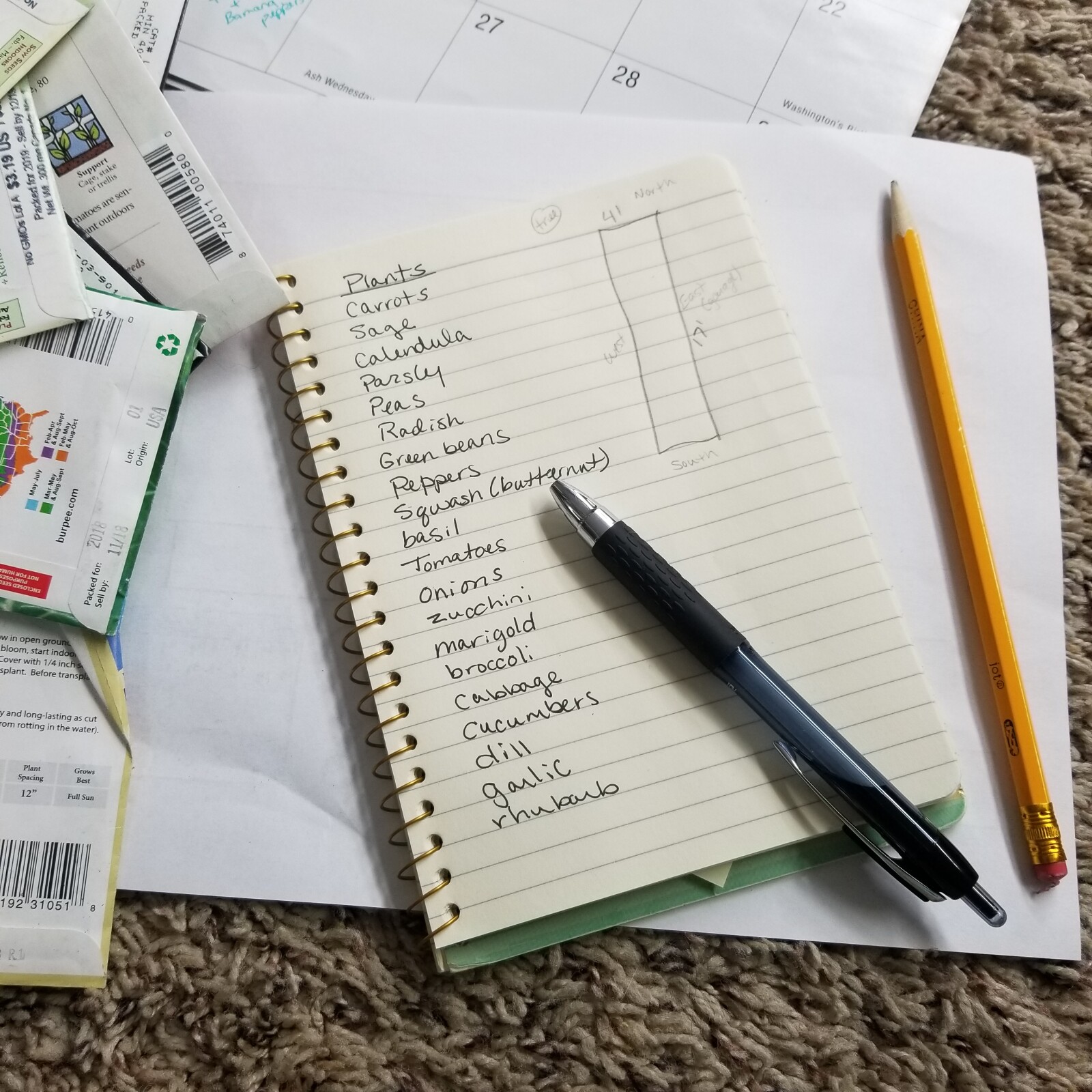
Today we are going to answer these questions:
What plants should I grow in my garden?
Where should I put my garden?
What do I need to consider for spacing indoors when starting seeds?
In planning our garden we have considered what plants will grow in our climate and why we want to start gardening.
So now, let’s look at the types of vegetables and herbs that you and your family like to eat and cook with.
There is no point in growing a vegetable you don’t want to eat.
Start making a list of vegetables you like to eat regularly. You can add herbs you like to cook with to this list as well. If you like to cook with oregano, basil, thyme, parsley… add them to the list.
Is there something else you might like? Flowers for color? Chamomile, peppermint, lemongrass for tea?
Now let’s look at the space you have. This will apply in 2 areas: outdoors for growing and indoors for starting seeds.
First let’s consider where to put a garden if you don’t have one established yet.
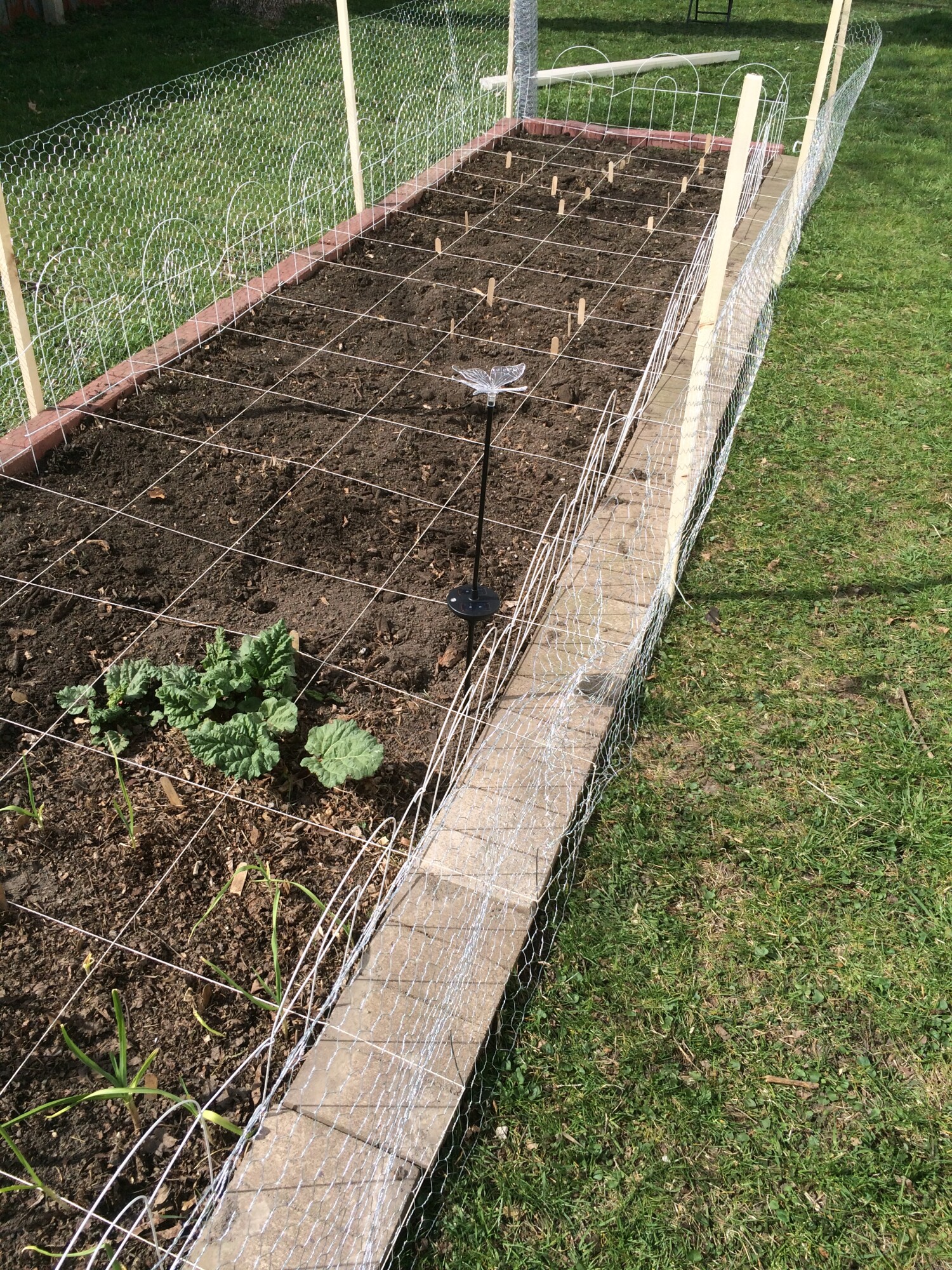
Choose an outdoor location:
Most veggies want full sun, with a minimum of 5hrs of direct sunlight for fruiting. Some plants like greens, herbs, and root veggies will grow well in partial shade. If you have a particularly hot summer, like Texas for example, you may want mid afternoon shade.
Also, pay attention to other bushes and trees in your yard. If you have a black walnut tree, not many plants will grow near it. The roots of larger trees may extend further than expected from the base of the trunk and encroach on your garden; stealing the nutrients and stunting the root growth of the veggies.
Pay attention to wild /domestic animal paths. If you have a plethora of rabbits in your yard (like I do), or a neighborhood dog that cuts through regularly, you might want to put up a fence to keep some critters out.
Consider access to all parts of the garden. Are you going to be able to access each area to harvest as produce is ready?
Starting with a small garden is actually better as you can get your feet wet and learn things without a lot of time and materials invested. You can always do more the next year after you have learned what works for you. A small well tended garden can produce the same or more than a large untended garden.
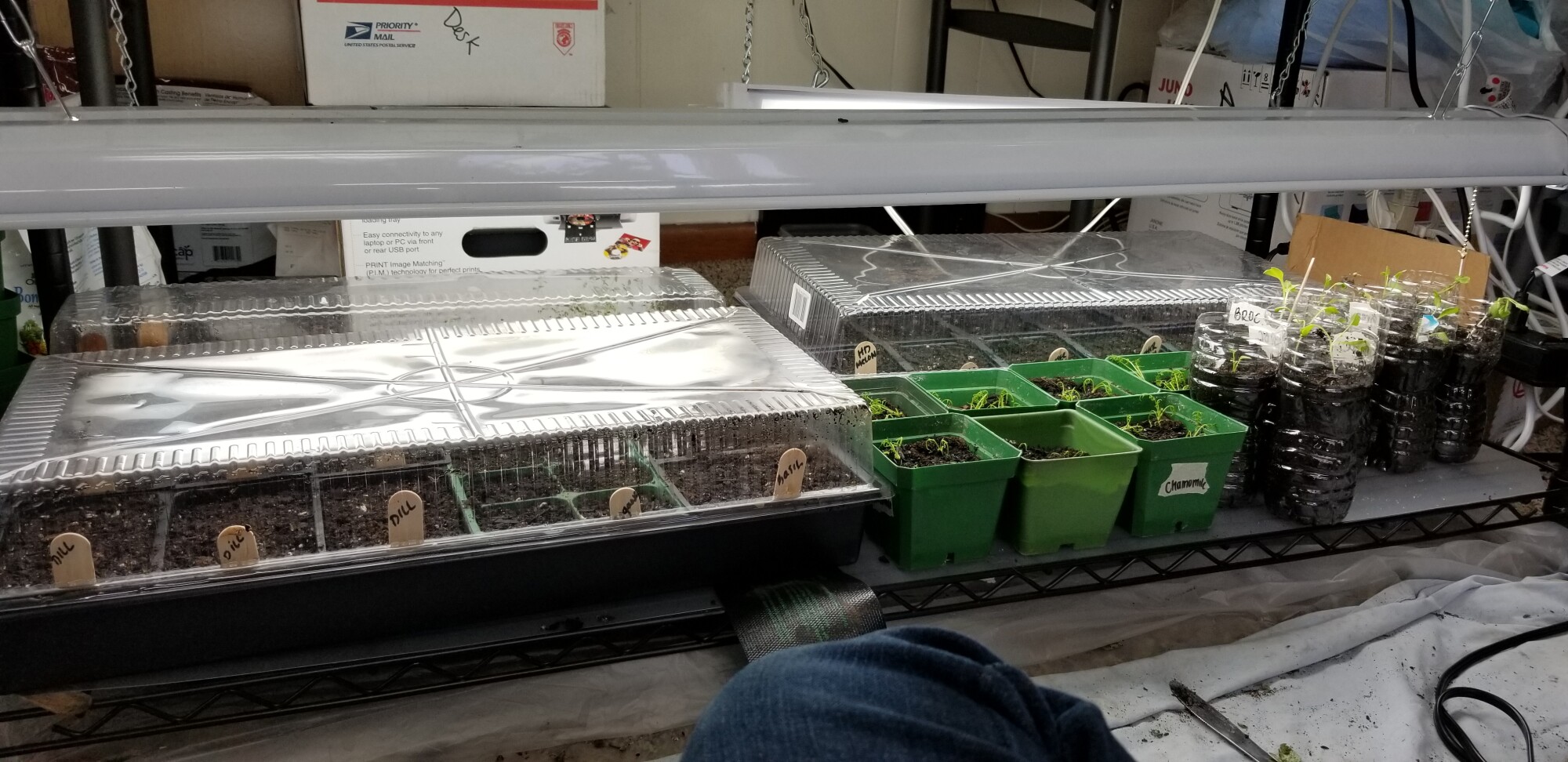
Now let’s look at space for seed starting indoors. Starting seeds yourself is the more economical route, but if you really don’t have space or time, then purchasing seedlings from a garden center is your better option.
You will want stable shelves/ tables in an area with temperature range between 60-70F and won’t be disturbed by pets or kids.
Seedlings will need lots of light: if you have a southern exposure with sunlight all day this is great! If not, most of us need supplemental lighting. I use simple shop light fixtures over the shelves with daylight bulbs.
As the seedlings grow they may need additional space, especially if they get transplanted out of a seedling tray into a small pot.
By now you should have an idea on what size your garden will be, how big it is and what you want to plant.
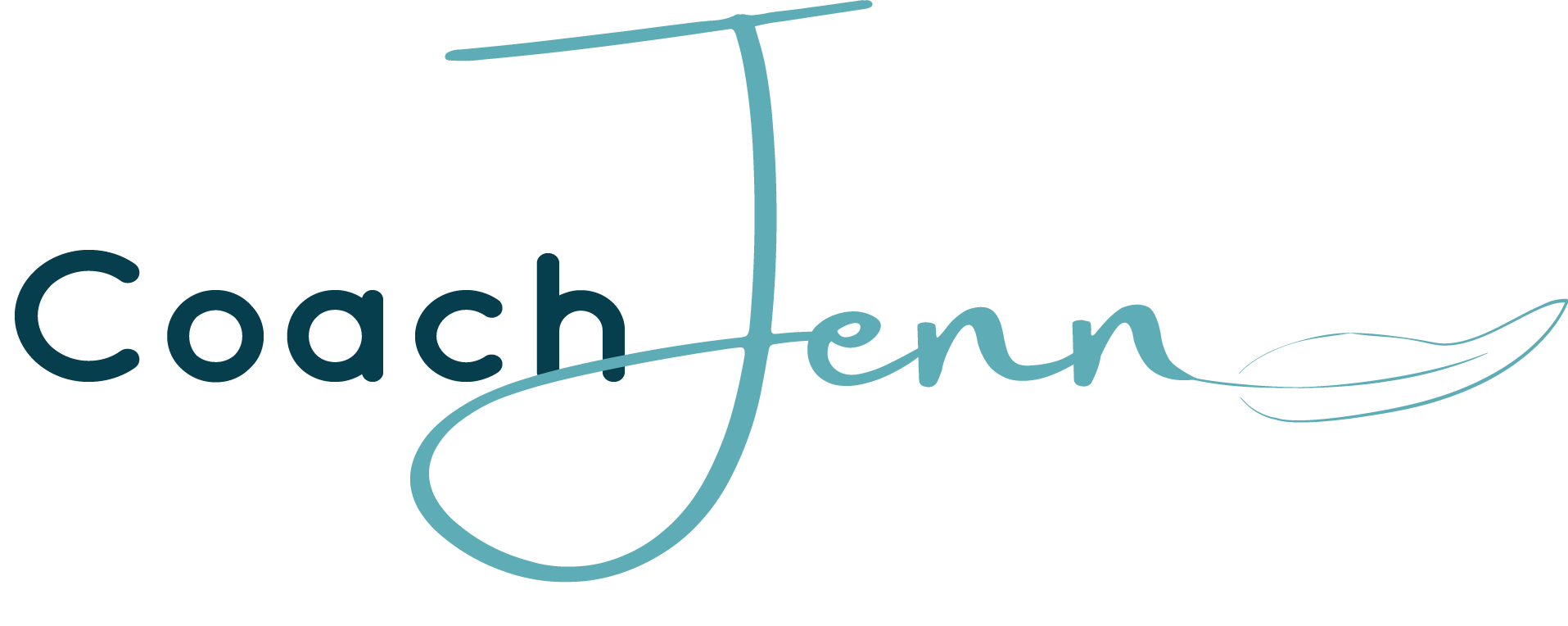



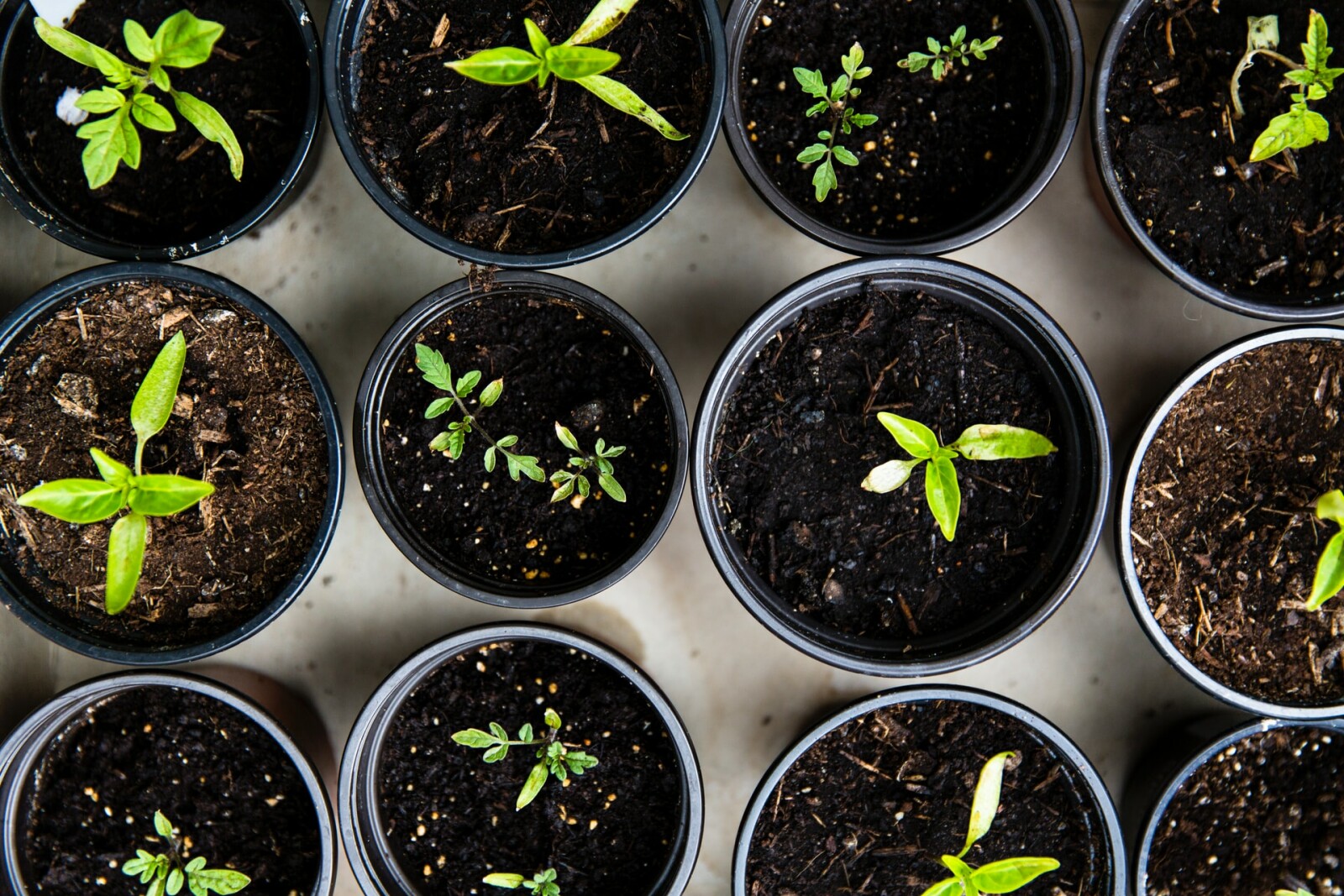
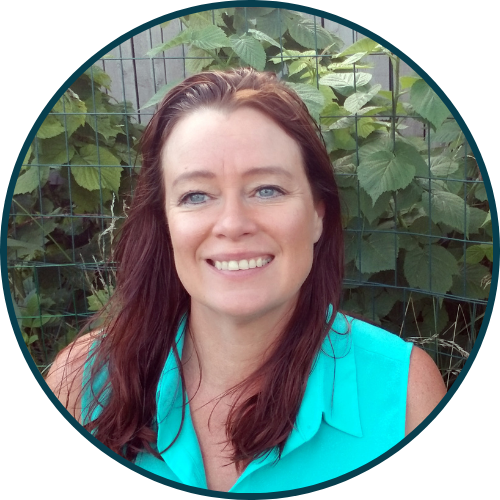
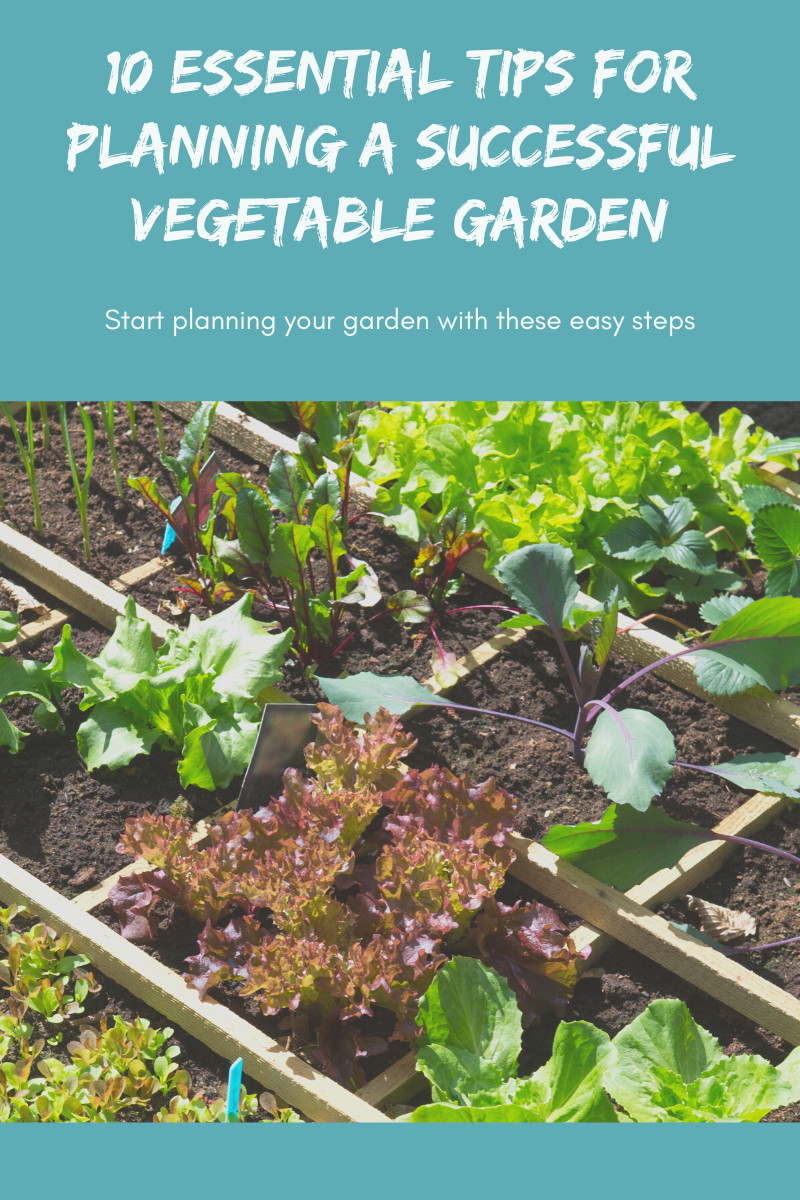
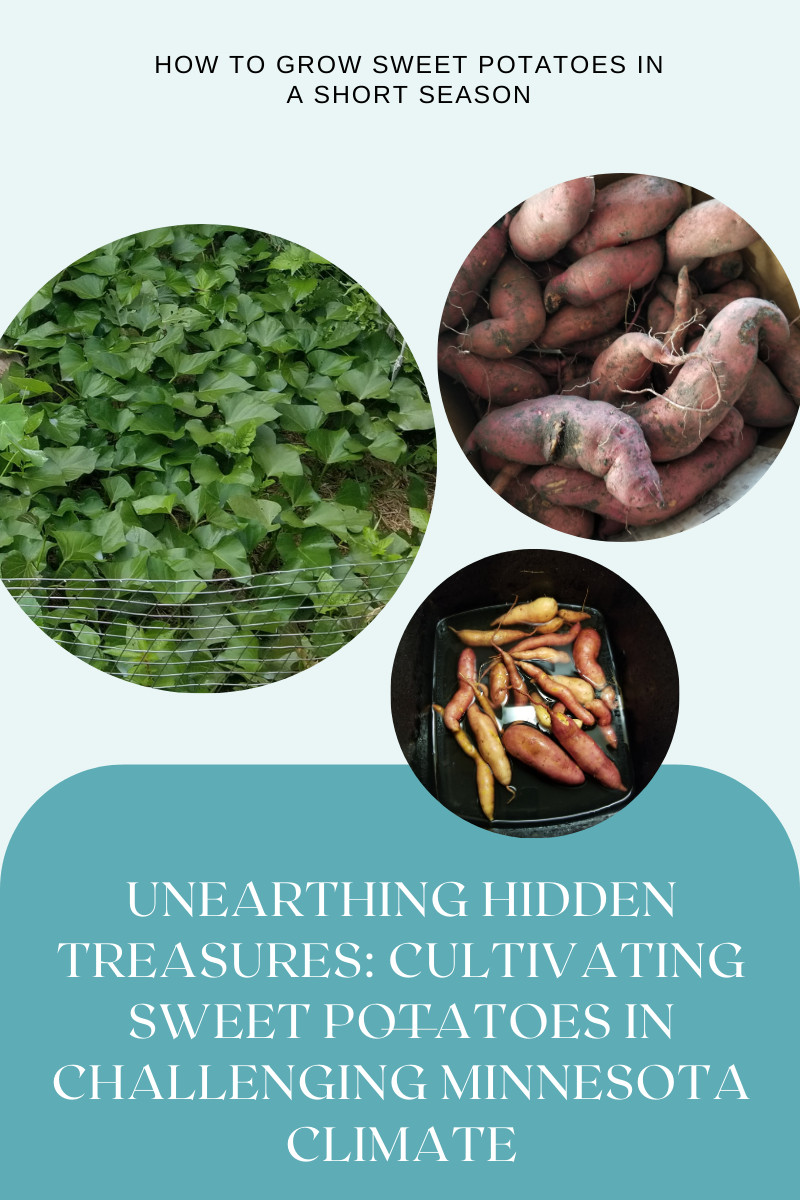
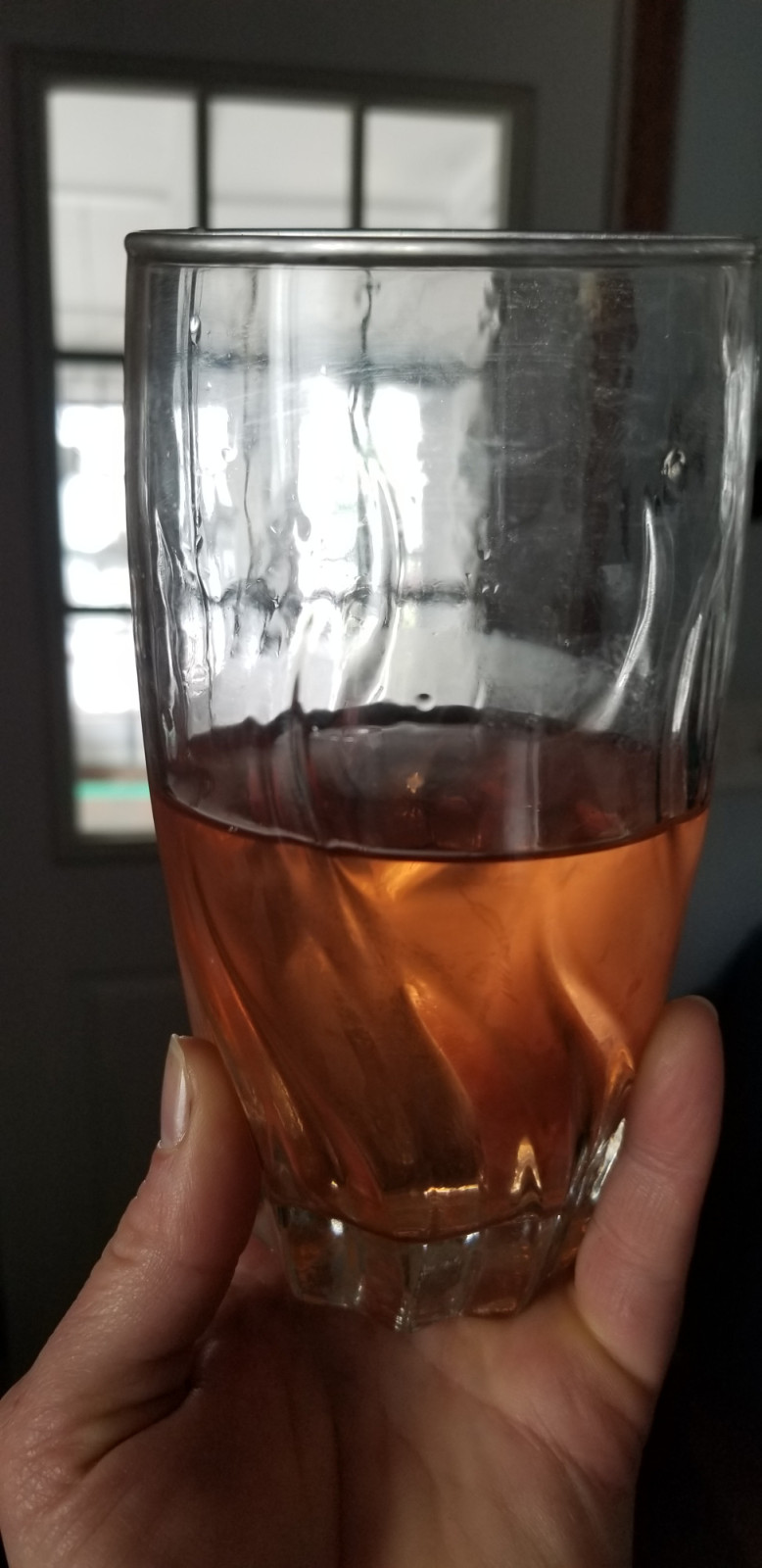

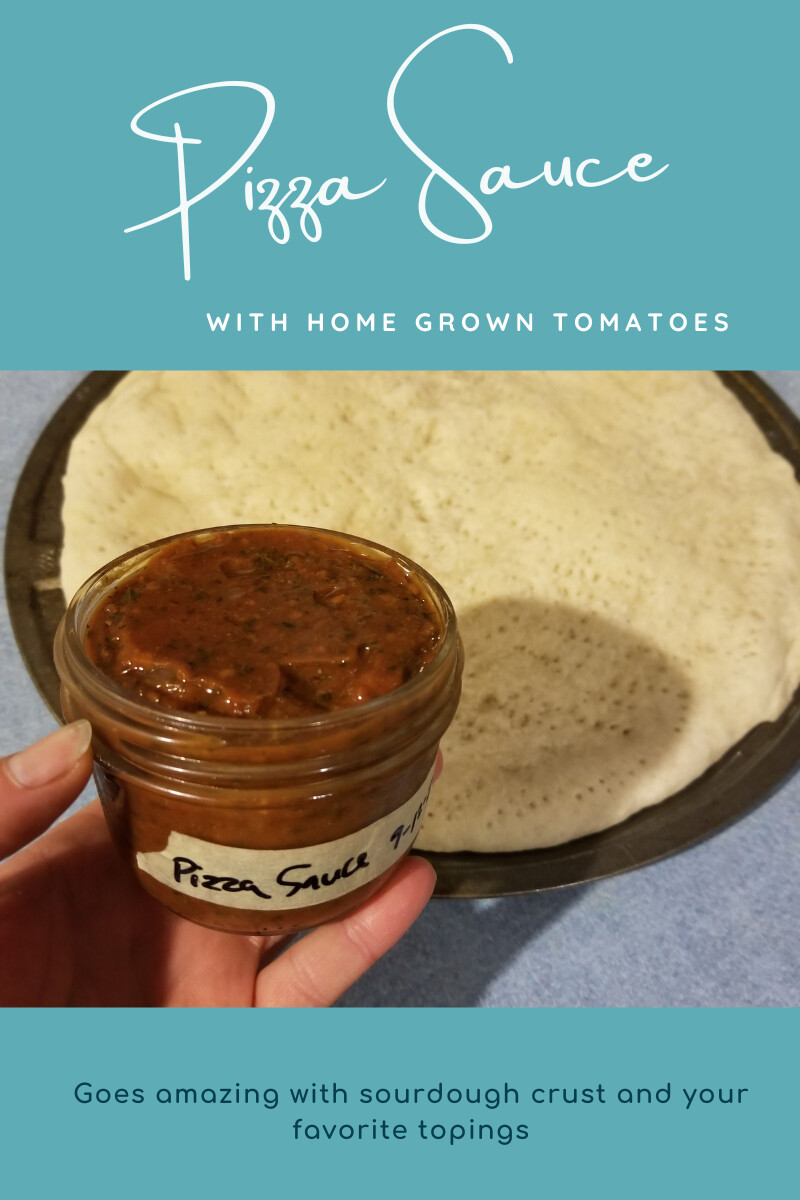

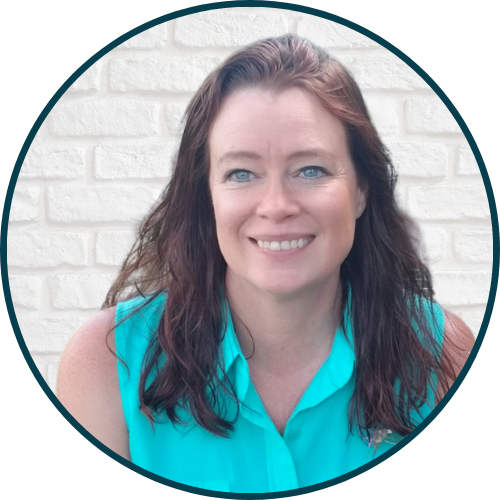
0 Comments